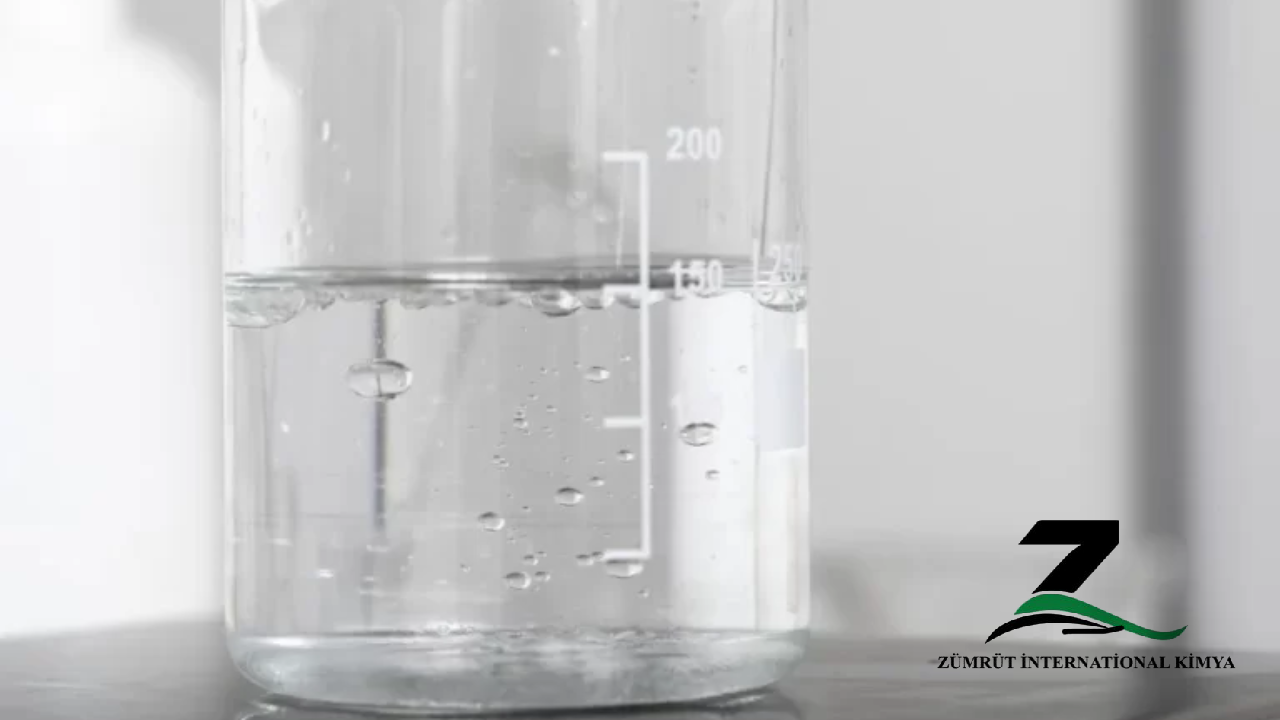
Description of Methyl Acetate
Methyl acetate (also known as acetic acid methyl ester) is an organic compound with the chemical formula C₃H₆O₂. It is the methyl ester of acetic acid. Here are some key properties and uses:
Properties:
- Appearance : Colorless liquid
- Odor : Pleasant, fruity smell, reminiscent of some glues and nail polish removers
- Molecular Weight : 74.08 g/mol
- Boiling Point : 57°C (135°F)
- Melting Point : -98°C (-144°F)
- Density : 0.932 g/cm³ at 20°C
- Solubility : Slightly soluble in water, but soluble in most organic solvents such as ethanol, acetone, and benzene
- Vapor Pressure : 185 mmHg at 25°C
Chemical Structure
- Molecular Formula : C₃H₆O₂
- Structural Formula : CH₃COOCH₃
METHYL ACETATE PRODUCTION REACTION
The most common method for the commercial production of methyl acetate is the esterification of methanol and acetic acid in the presence of a strong acid. Esterification is a process in which an alcohol and an acid are converted into an ester by a carboxylic acid. Sulfuric acid is known as the usual catalyst in this process. In some units, solid acid is used for production, this will increase the reaction efficiency, reduce the amount of methanol and acetic acid in the product, and also reduce corrosion in process equipment. These types of catalysts can work for 3 years or more under normal conditions.
Usage of Methyl Acetate
Methyl acetate is used in various industrial and commercial applications due to its properties as a fast-evaporating solvent with a pleasant odor. Here are some of its primary uses:
Industrial Uses:
- Solvent for Coatings and Paints :
– Used in formulations of coatings, paints, and varnishes due to its fast evaporation rate.
– Helps to achieve a smooth, glossy finish in automotive, furniture, and industrial applications. - Adhesives and Sealants :
– Acts as a solvent in adhesives, particularly those used in packaging, labeling, and binding industries.
– Enhances the drying and setting times of adhesives and sealants. - Inks :
– Commonly used as a solvent in printing inks, including flexographic and gravure inks, to improve drying times and print quality.
Consumer Products:
- Personal Care Products :
– Found in nail polish removers and nail polishes due to its effectiveness in dissolving nail varnish.
– Sometimes used in perfumes and fragrances because of its pleasant smell and volatility. - Cleaning Agents :
– Utilized in household and industrial cleaning products for its ability to dissolve greases, oils, and other residues.
Chemical Industry:
- Chemical Intermediate :
– Serves as an intermediate in the synthesis of other chemicals, such as pharmaceuticals, agrochemicals, and plasticizers.
– Involved in the production of acetic anhydride, acetic acid, and other esters. - Extraction Solvent :
– Employed as an extraction solvent in the production of some pharmaceuticals and natural products.
Laboratory Uses:
- Laboratory Reagent :
– Used in laboratories as a reagent and solvent for various chemical reactions and analyses.
Environmental and Regulatory Considerations:
- VOC Considerations :
– Due to its status as a volatile organic compound (VOC), the use of methyl acetate is regulated in certain industries to control air pollution.
– Alternatives or usage limitations may be applied in areas with strict environmental regulations.
Specialty Applications:
- Polymer and Resin Production :
– Involved in the production and formulation of resins and polymers, enhancing their processing and final properties.
PRODUCTION PROBLEMS
ne of the problems in the production of methyl acetate with high purity is the azeotropes that acetic acid, water and methanol can create. Due to the physical conditions they create, azeotropes lower the purity percentage of the reaction and do not allow further purification through distillation in a tower. Therefore, in the old units used for production, there is a reactor with 9 distillation towers, which increases the production time and increases its cost. Also, solving the problem of azeotropes should be done through methods such as liquid-liquid separation. Another problem in these units is the reversibility of the reaction, which leads to production with low efficiency. Also, in these processes, large amounts of unreacted methanol and acetic acid are returned to the reaction, which makes separation difficult and consumes a lot of energy. becomes In more advanced units, the reaction-distillation process is used, in which the reaction and separation take place at the same time, and to some extent, they do not have the mentioned problems. As mentioned, in new production methods, solid acids such as acidic ion exchange resins are used instead of sulfuric acid, which have the following advantages over sulfuric acid:
- Fewer side effects
- Less corrosion of equipment
- Lower cost of production
- They rarely cause pollution
TECHNICAL DATA SHEET OF METHYL ACETATE 85 %
| PROPERTIES | UNIT | METHOD | RESULT |
| Purity | Wt% | ASTM D3545 | Min 85 |
| Density at 20℃ | g/cm3 | ASTM D1298 | 0.910-0.925 |
| Water content | Wt% | ASTM E203 | Max 0.3 |
| Acidity as Acetic Acid | Wt% | ASTM D1613 | Max 0.01 |
| Appearance | − | Visual Inspection | Clear & Bright |
TECHNICAL DATA SHEET OF METHYL ACETATE 85 %
TECHNICAL DATA SHEET OF METHYL ACETATE 99 %
| PROPERTIES | UNIT | METHOD | RESULT |
| Purity | Wt% | ASTM D3545 | Min 99 |
| Density at 20℃ | g/cm3 | ASTM D1298 | 0.930-0.935 |
| Water content | Wt% | ASTM E203 | Max 0.3 |
| Acidity as Acetic Acid | Wt% | ASTM D1613 | Max 0.01 |
| Appearance | − | Visual Inspection | Clear & Bright |



